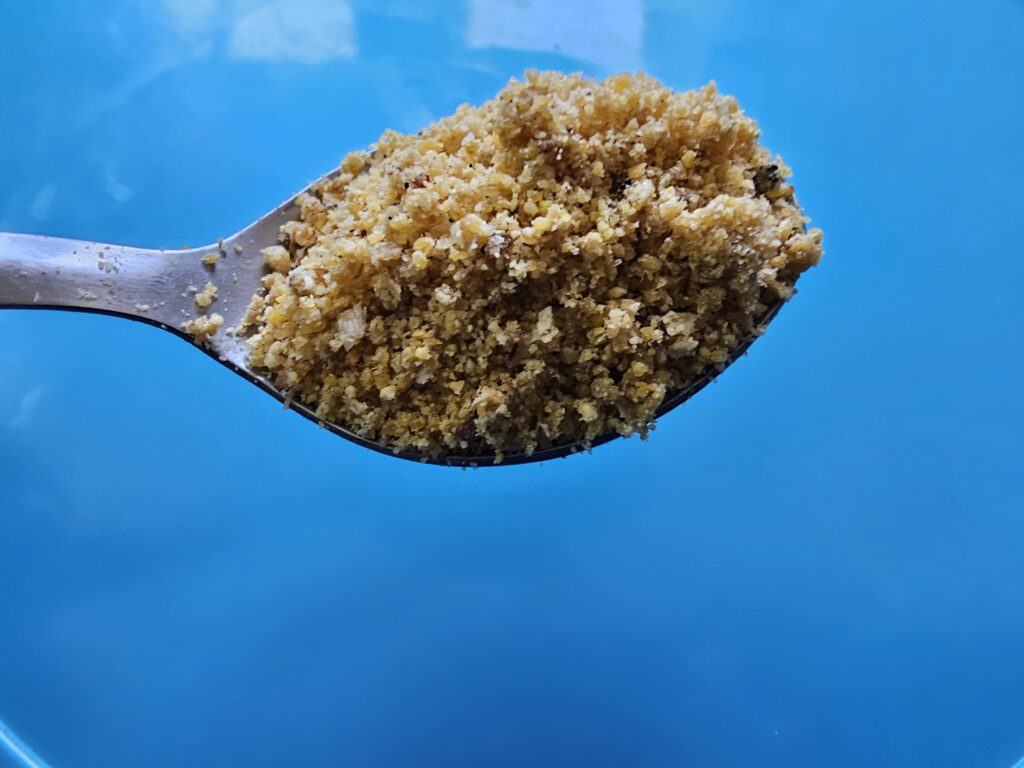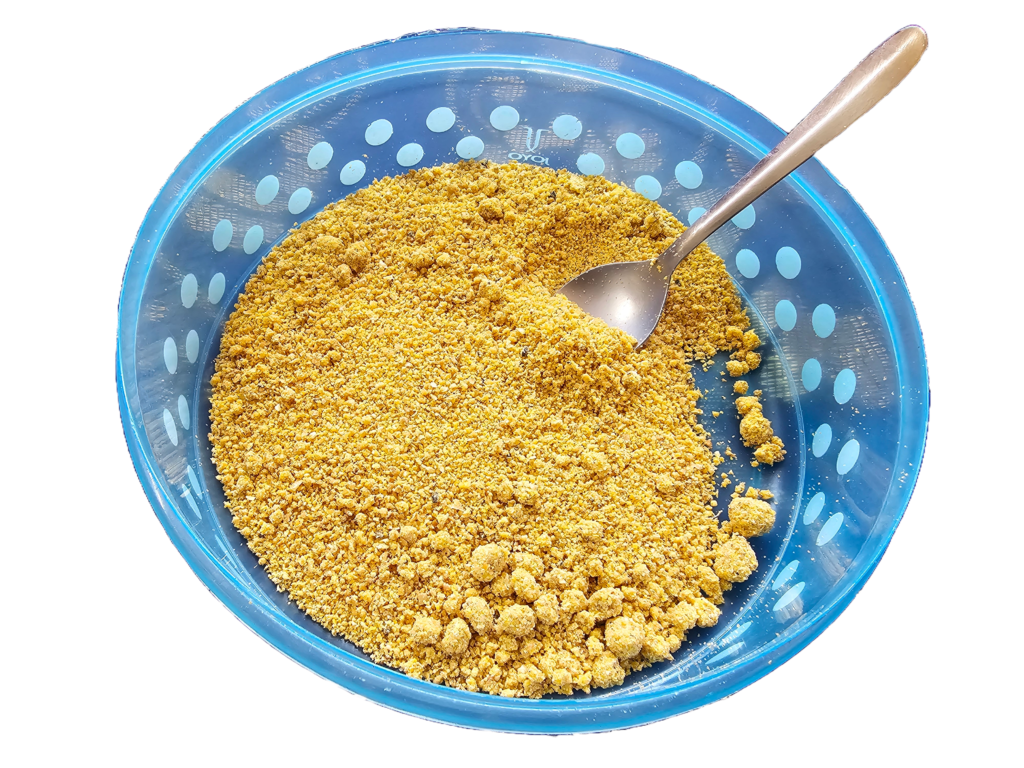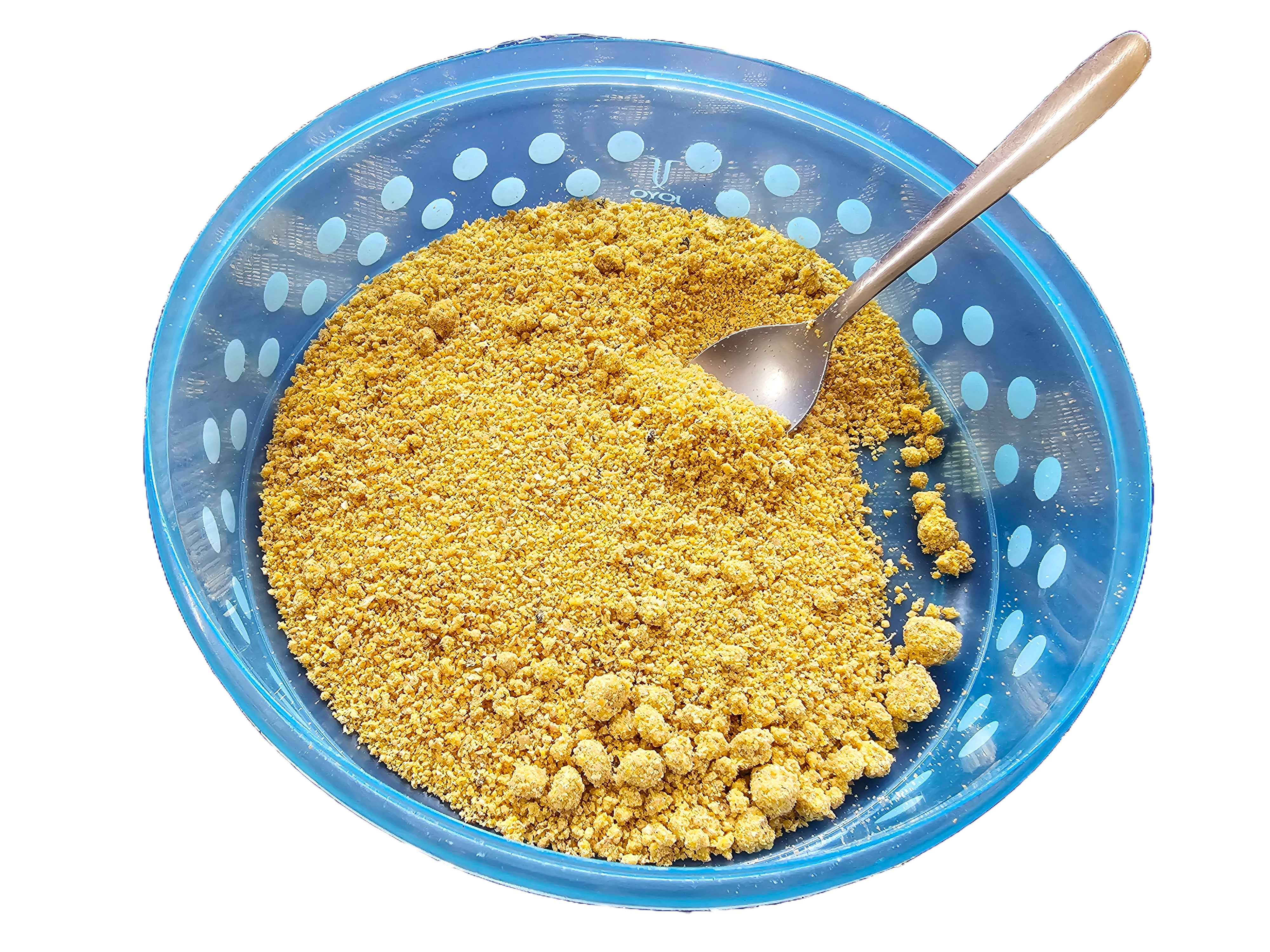Beyond flour and tea, unfolds the intricate story of Makkai Tsout—a harmonious blend of tradition and transformation. It is a symphony of flavors that echoes through generations, serving not just a dish but a delicacy that weaves the bonds tying the Kashmiri people together.
By Manzoor Akash
In the picturesque and tranquil Kashmir Valley, a time-honored tradition unfolds each winter—the beloved ritual of indulging in Makkai Tsout (Sattu) paired with the traditional Nun Chai. This age-old custom not only provides warmth to the body but also encapsulates the very essence of cultural heritage. Makkai Tsout, a delicacy unique to Kashmiri culture, traces its roots to a bygone era. The process commences with the meticulous selection of maize seeds, chosen for their rich flavor and inherent warmth-inducing properties. These maize seeds undergo a fascinating transformation, culminating in their place beside a steaming cup of salted tea. Traditionally, these seeds are partially burnt, imparting a distinct smokiness that enhances the overall flavor. This careful preparation distinguishes Makkai Tsout (roasted corn flour) as an indispensable winter delight.

Once the maize seeds are prepared, they embark on a journey to the heart of Kashmiri stone mills—the traditional flour mills known as Grutte (both Ath-e-Grutte and Aab-e-Grutte). Here, the seeds are expertly pulverized, creating coarse, aromatic flour that becomes the soul of Makkai Tsout. The Grutte, with its creaking wooden wheels and weathered stones, stands as a symbol of continuity. Throughout generations, this humble mill has transformed raw ingredients into sustenance, warming homes during the winter months. The rhythmic sound of the Grutte echoes through time, connecting the present to the past.
As the winter chill tightens its grip on the Valley, the union of Makkai Tsout and salted tea becomes a ritual of comfort. The coarse texture of sattu flour complements the smoothness of Kashmiri tea, creating a symphony of flavors that lingers on the palate. This pairing transcends mere sustenance; it is an experience that bridges generations.
Beyond individual households, Makkai Tsout holds a special place in communal gatherings, festivals, and weddings. In fact, no gathering is complete without the warmth of Makkai Tsout shared among friends and family. It serves not just as a dish but as a vessel for the bonds that tie the Kashmiri people together.
While the essence of Makkai Tsout remains timeless, modernity has brought subtle changes. Electric mills may hum in place of the traditional Ath-e-Grutte or Aab-e-Grutte, and the art of preparation might be expedited, but the core sentiment remains intact—a connection to heritage and a celebration of winter’s embrace.
With every bite of Makkai Tsout, a tale unfolds—a tale of resilience, tradition, and the enduring spirit of Kashmir’s culinary delights. As seasons change and snow blankets the landscape, the aroma of Makkai Tsout with tea continues to weave its way into the fabric of Kashmiri life, ensuring that this winter tradition remains a timeless chapter in the story of its people.
Recalling the tradition of savoring Makkai Tsout with Kashmiri Nun Chai in our village, it would commence as soon as winter set in. Maize would be roasted in clay-made pans on the traditional Dambur (Chulha), later either pulverized at home on traditional Aeth-e-Gratte or taken to the watermill nearby. In our locality, the Yarbug village, there was only one watermill, some 3 kilometers away, where queues of customers would wait during winters to get their maize milled. Sitting around the traditional wicker basket, locally known as Lungoen and filling up Pheran (traditional loose attire in winter) pockets with roasted maize was undoubtedly a rich experience I often cherish.
Once obtained from the water-mill, Makkai Tsout would be sieved at home to remove impurities. Some of it would be distributed among neighbors and relatives, while the refined part would be mixed with homemade ghee to enhance its taste.
Makkai Tsout was typically served with Nun Chai, consumed during breakfast and in the afternoon in Kashmir. However, it also paired well with Kashmiri Kehwa, an infusion made with sliced almonds, saffron strands, and a range of spices like cinnamon and cardamom. Unfortunately, the tradition of enjoying it with Nun Chai seems to have waned, possibly due to improved social positions resulting from education. Despite the evident development in living standards and mindset, it’s crucial to remember this tradition as a significant aspect of the region.

Compared to other types of homemade sattu, Makkai Tsout was renowned in every household for being a traditional protein-rich superfood with remarkable health benefits—high in fiber, nutritious, with a low glycemic index, rich in minerals, unadulterated, and good for digestion. Although various market varieties are now available, the traditional homemade type remains unique and free from preservatives. Preserving this tradition ensures its passage to future generations.
The views expressed in this article are solely those of the author and do not necessarily reflect the opinions or views of this Magazine. The writer can be reached at [email protected]

Leave a Reply